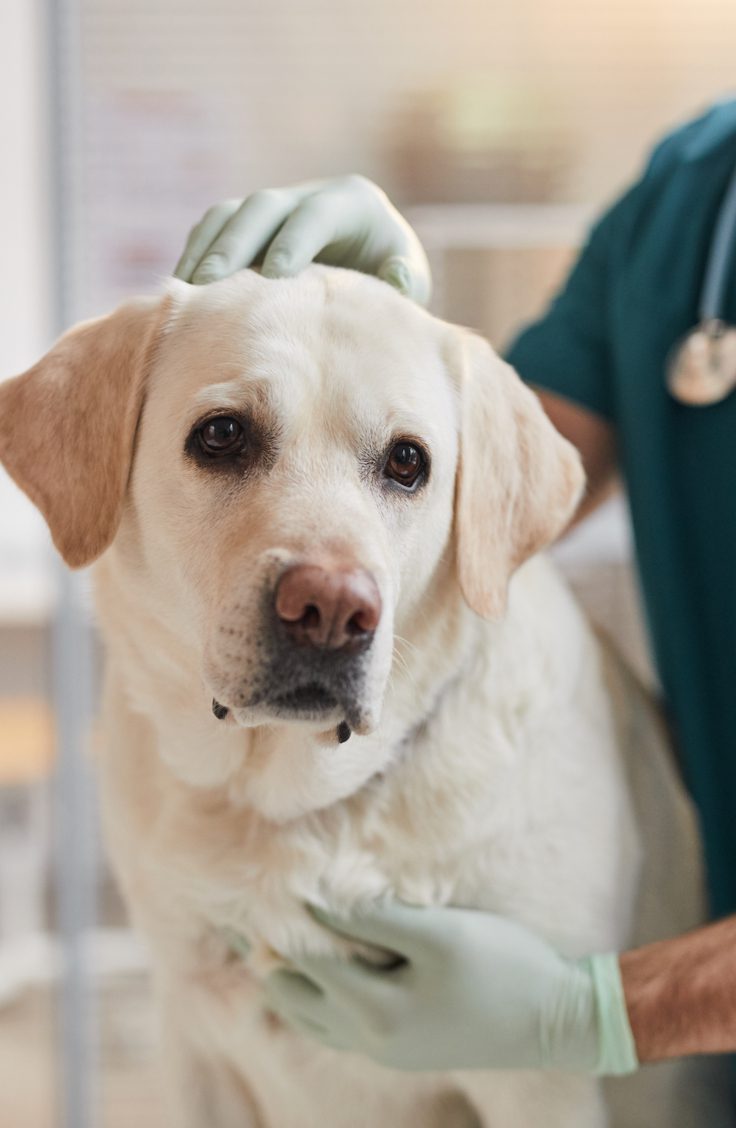At Carolina Animal Specialty & Emergency, we're proud to be a recognized leader in performing effective tibial plateau leveling osteotomy (TPLO) surgery for patients. Most commonly conducted on dogs, this procedure helps repair cranial cruciate ligament (CCL) tears in and around the knee joint.

Signs of CCL tears
Rupture of the cranial cruciate ligament (CCL) is one of the most common reasons for hind limb lameness, pain, and resulting in arthritis of the knee. Due to the occurrence of this problem in dogs being much more complex than in humans they experience different degrees of rupture, partial or complete.
Most commonly, cruciate tears are caused by a combination of many issues, including deterioration of the ligament, genetics, skeletal shape, and breed. When cruciate ligament rupture is the outcome of slow degeneration it has been taking place over a few months or even years rather than the result of sudden trauma to an otherwise healthy ligament (which is very rare).
Common signs and symptoms that your pet may have a cruciate injury:
- difficulty getting up and down
- trouble jumping into the car
- decreased activity level
- lameness
- decreased muscle mass in the affected leg
- a popping noise in the effected knee
- pain
- unwillingness to play
- stiffness
Poor physical body condition and excessive body weight are also risk factors for the development of cruciate tears. Both of these factors can be influenced by pet owners. Regular exercise and close monitoring of food intake to maintain a lean body mass is desirable. Weight loss is crucial to any pet that is obese and diagnosed with cruciate ligament tears. Our rehab department can help you establish a weight loss program for your pet. 40-60% of dogs that have ligament damage in one knee will eventually develop a similar problem in the other knee. Maintaining a healthy body weight could prevent issues with the other knee.


